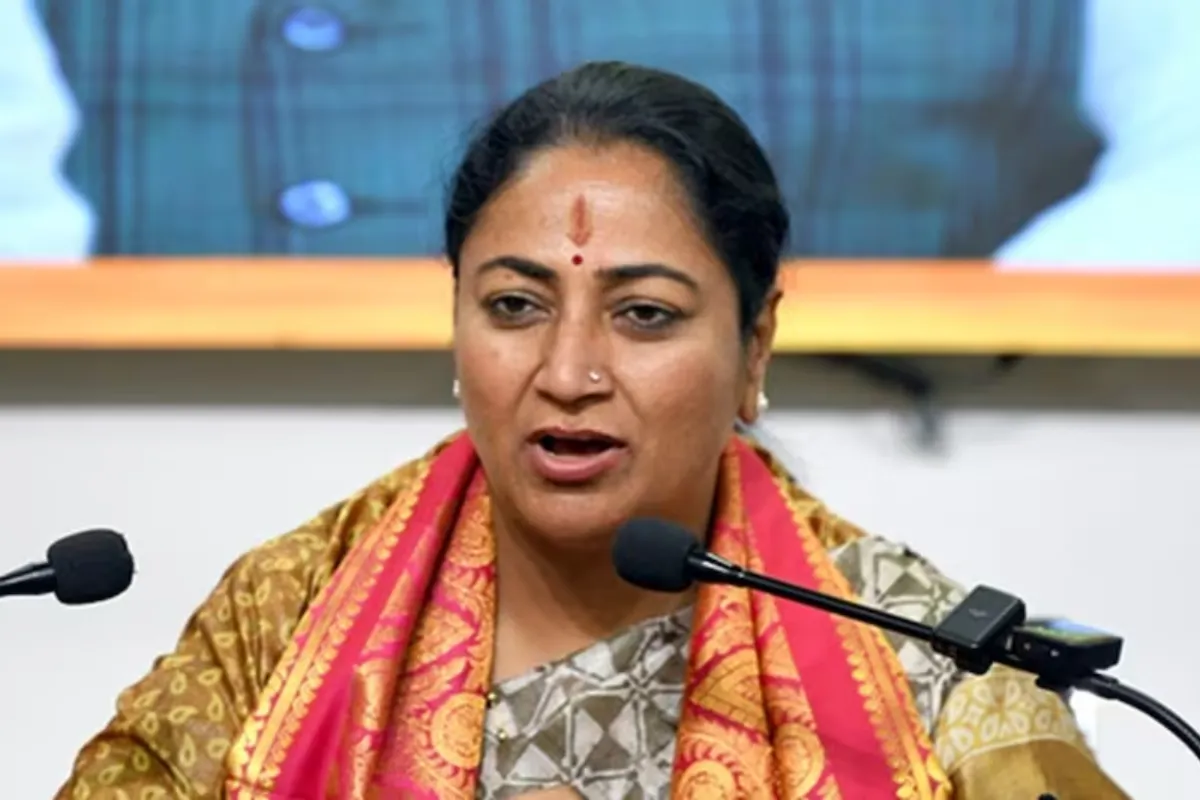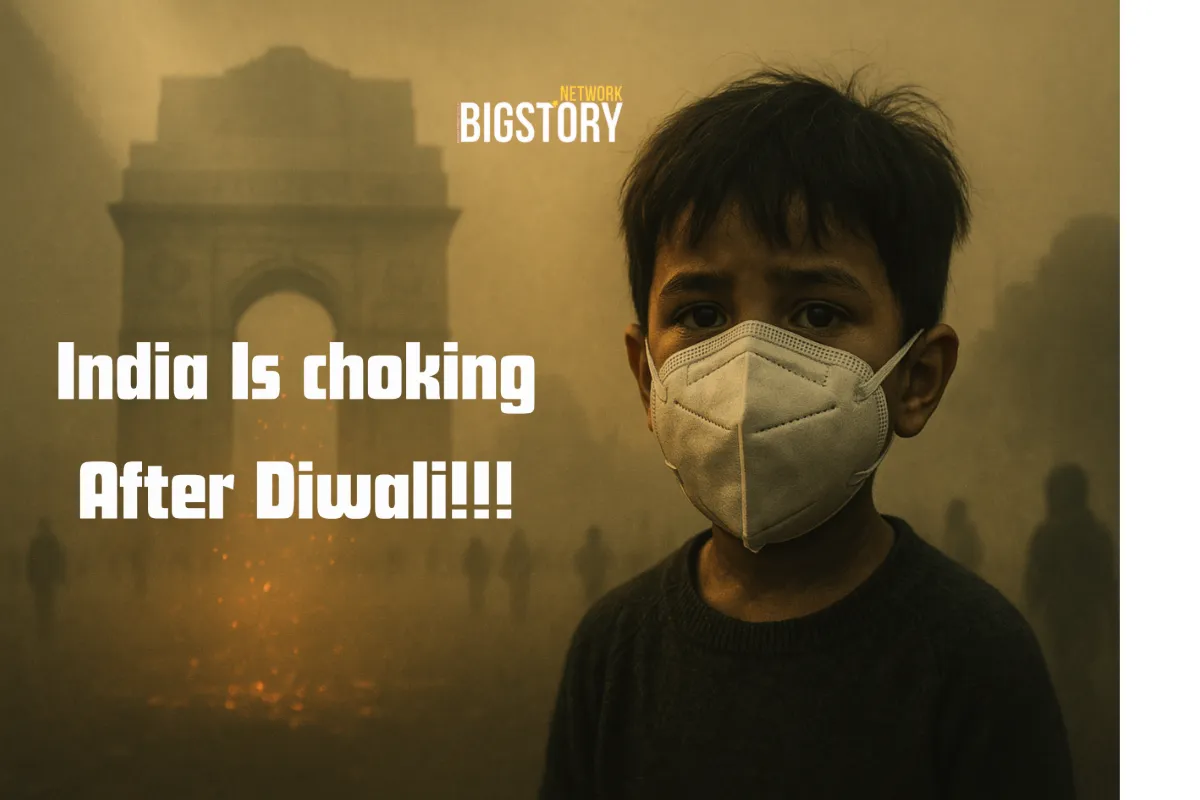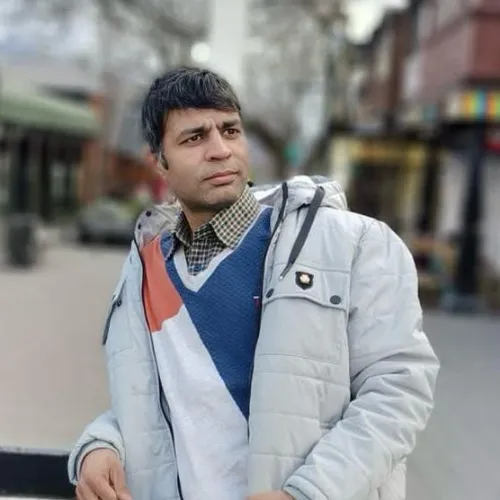In a tense turn of events that has jolted the capital, Delhi Chief Minister Rekha Gupta was reportedly attacked during a Jan Sunwai, a public hearing meant to connect citizens directly with the government. What should have been a routine outreach session quickly spiraled into chaos, drawing sharp questions about crowd control, intelligence inputs, and the broader culture of political hostility simmering in public spaces. While details continue to emerge, the incident has already prompted a wave of condemnation, finger-pointing, and urgent calls for a thorough security review.
Accounts from the venue suggest that the atmosphere had been charged even before the Chief Minister arrived. Jan Sunwai events typically attract a cross-section of citizens—local residents with grievances, civil society organizers, and occasionally, politically motivated groups seeking visibility. On this day, the crowd appeared more restless than usual, with a growing chorus of voices demanding immediate intervention on civic issues ranging from water supply disruptions to pending welfare approvals. Security personnel, as is standard, created a buffer between the dais and the main crowd, but the line between public engagement and public agitation soon blurred.
Eyewitnesses indicate that the flashpoint came as Rekha Gupta began addressing a particularly vocal cluster of attendees. What started as loud interruptions reportedly escalated into a scuffle at the front rows, and in the confusion, an individual was able to breach the security cordon. The precise nature of the “attack” remains the subject of official clarification—whether it involved physical contact, thrown objects, or an attempt to intimidate—but the disruption was serious enough to halt proceedings and prompt the immediate evacuation of the Chief Minister from the venue. Paramedics were seen assessing anxious attendees, while security teams formed a protective corridor.
Within minutes, the incident ignited the political conversation. Supporters of the Chief Minister characterized the episode as a deliberate provocation designed to derail citizen-centric governance. They argued that Jan Sunwai sessions have historically been safe, constructive spaces and that the introduction of coordinated aggression represents a dangerous shift in political behavior. Opposition leaders, while condemning any violence unequivocally, were quick to highlight what they framed as systemic governance failures: unmet promises, spiraling grievances, and an erosion of trust that has fueled short tempers on the ground. In their reading, the incident was a symptom of a broader discontent that can no longer be managed with rhetoric alone.
Security experts, meanwhile, focused on the operational lessons. Public hearings are inherently vulnerable because their essence lies in proximity and access. The very virtue that makes Jan Sunwai meaningful—unmediated interaction—also creates risk. Best practices for such events typically include tiered entry screening, real-time crowd density monitoring, clear movement channels, and a rapid response protocol that can isolate flashpoints without penalizing the entire audience. Observers have asked whether the venue layout provided adequate emergency egress, whether there were enough marshals embedded within the crowd, and if pre-event assessments flagged the likelihood of confrontation. The answers to those questions will shape the official after-action report and likely redefine the standard operating procedures for future public engagements.
Beyond the immediate shock, the episode invites a deeper reflection on the tenor of public discourse. India’s democratic culture draws strength from spirited debate, protest, and public redress, but it also relies on norms that separate dissent from disorder. Jan Sunwai forums exist because policy can become impersonal; they bring leaders face-to-face with the lived realities of citizens. If those spaces are perceived as unsafe—by leaders or by ordinary attendees—the democratic muscle atrophies. Citizens who travelled across neighborhoods to voice concerns now grapple with a different worry: will public hearings become rarer, more restricted, or so tightly controlled that their purpose is diluted?
In the days ahead, the focus will likely turn to three threads. First, the official narrative: a detailed timeline of events, security camera reviews, statements from the Chief Minister’s office, and the police’s account of arrests or detentions. This will determine whether the incident is categorized as a spontaneous flare-up or a premeditated disruption. Second, the governance angle: how the administration intends to protect the sanctity of Jan Sunwai without walling off citizens. Expect a revised playbook—expanded entry checks, clearer zoning inside venues, better coordination with local police, and perhaps a cap on maximum attendance or a shift to pre-registered participation for sensitive sessions. Third, the political calculus: both government and opposition will attempt to frame the incident in a way that advances their narratives—either as an attack on democratic engagement or as a wake-up call about mounting public frustration.
Civil society organizations have already proposed a middle path: keep the doors open but invest in safety by design. They recommend decentralized micro-hearings across wards to reduce crowd size, mobile grievance counters with on-the-spot resolution capacity, and stronger digital intake channels that filter urgent cases before they reach physical venues. Such approaches could lower the emotional temperature, shorten wait times, and reduce the combustible mix that large, aggrieved crowds can sometimes become. Additionally, deploying trained community mediators alongside law enforcement might help de-escalate tense exchanges before they spill over into physical confrontations.
For the Chief Minister personally, the incident will be a test of message and resolve. Public empathy naturally flows toward leaders who continue to show up despite risk, but that must be balanced against the duty of care owed to staff, volunteers, and citizens in attendance. A measured response—reaffirming commitment to direct dialogue while instituting sensible safeguards—could strike the right chord. Overreaction, on the other hand, risks sending the signal that the government is retreating from the very people it serves.
The broader public is left with a familiar but uncomfortable truth: democratic engagement is both precious and fragile. It requires organizers who think like architects of safety, leaders who listen without defensiveness, and citizens who channel anger into structured demands rather than intimidation. What happened at the Jan Sunwai is a reminder that institutions do not protect themselves; people do, through habits of care and rules that are respected in spirit, not just on paper.
In the immediate term, several practical steps seem prudent. Future Jan Sunwai events should employ clear visual zoning—color-coded badges for different participant categories, seated sections with aisle marshals, and a short buffer between the dais and first row that is enforced respectfully but firmly. Rapid de-escalation teams trained in crowd psychology should be integrated into the event plan, separate from regular security, and empowered to intervene early. Real-time communication channels—simple PA announcements and a visible help desk—can prevent misunderstandings from hardening into confrontation. Finally, a transparent post-event reporting system, published after each hearing, can demonstrate accountability and reinforce public confidence.
Even as the investigation proceeds, it is worth recognizing the resilience that public forums have shown in the past. Delhi’s civic life has weathered disruptions before and found ways to adapt. If organizers, authorities, and citizens treat this incident as a catalyst for thoughtful reform rather than a reason to retreat, Jan Sunwai can emerge stronger: safer, quicker, and more responsive to the everyday struggles that bring people to the microphone in the first place.
Ultimately, the measure of a democracy is not whether it avoids conflict, but whether it can process conflict without letting it spill into violence. The promise of Jan Sunwai lies in precisely that transformation—turning frustration into policy feedback, and anger into action points. Safeguarding that promise, especially after an incident like this, is not just a matter of security protocol. It is a statement of civic intent: that the door remains open, that voices will be heard, and that governing with the people is not a slogan but a practice worth protecting.







Leave a Reply